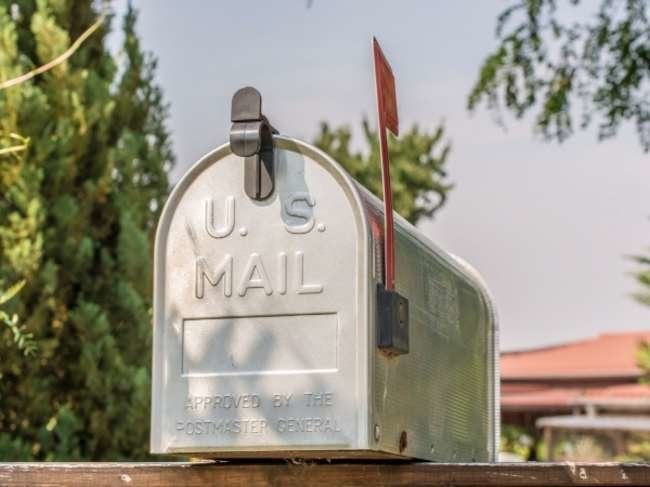We may earn revenue from the products available on this page and participate in affiliate programs. Learn More ›
Our Oldest Public Service
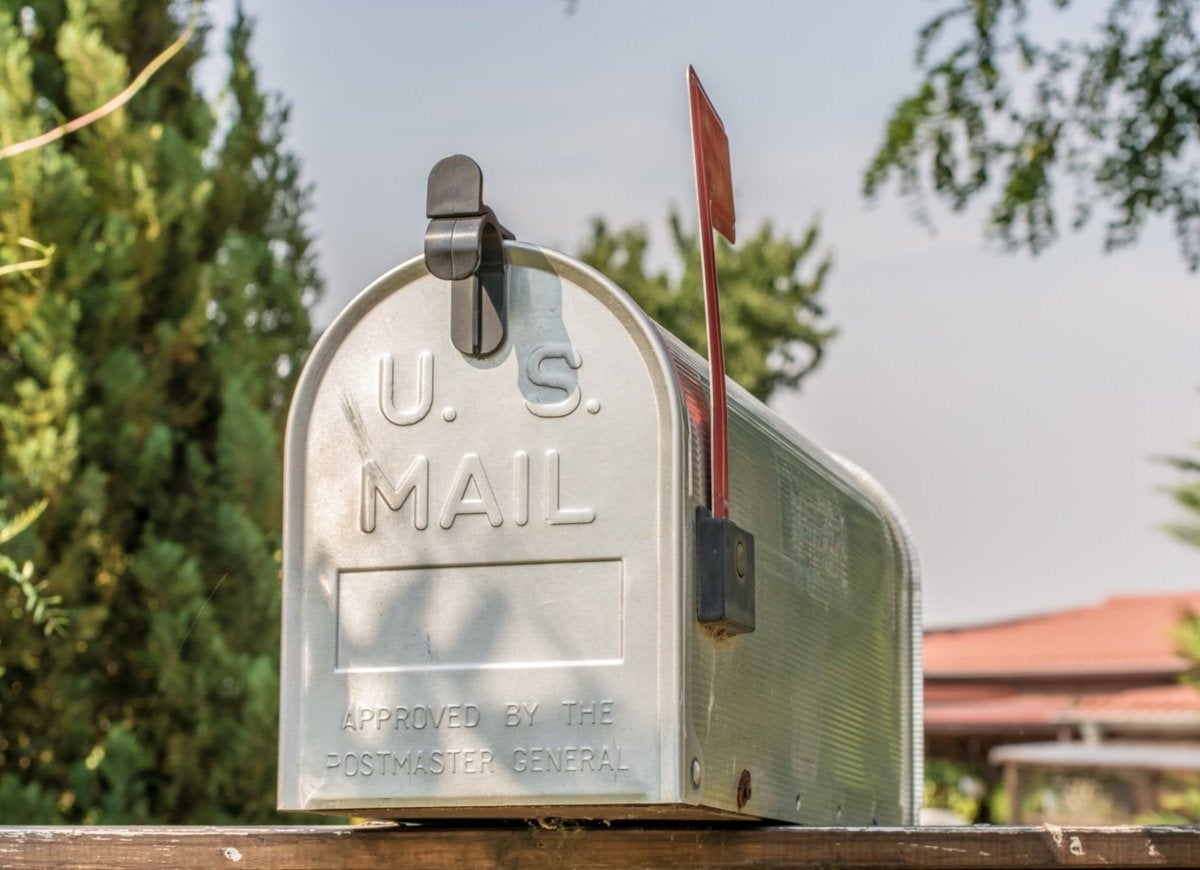
You may think of your local post office as merely the source of junk mail, bills, and birthday cards from your mom, but actually, the United States Postal Service handles a lot more than that: In fact, the service processes and delivers an astonishing 472.1 million pieces of mail each and every day, which is 48 percent of the entire world’s mail volume. Of course, the USPS has had a lot of practice in delivering mail: It was founded back in 1775 as the United States Post Office—Benjamin Franklin served as the first postmaster general—making it the oldest public service in the country. Here are a few more facts you should know about this national institution.
It Doesn’t Use Any Tax Dollars
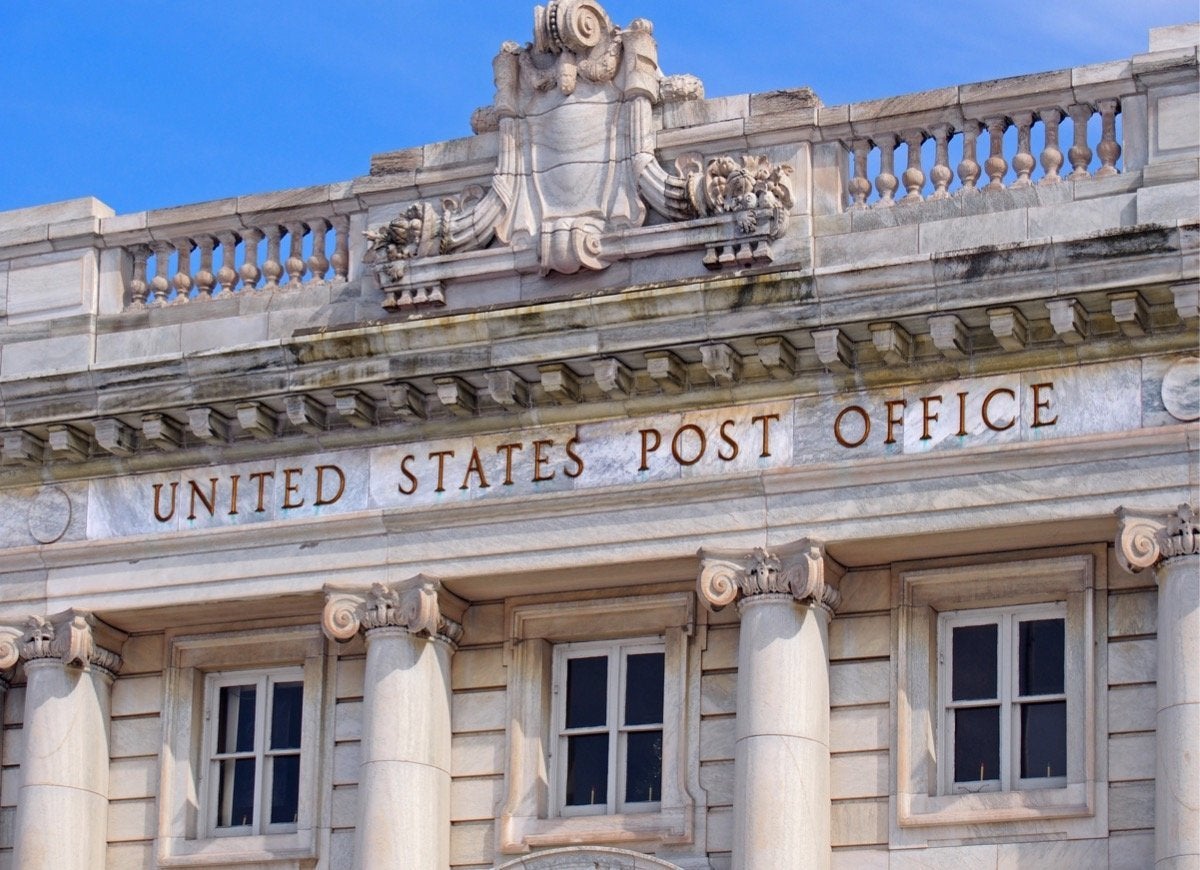
Despite popular misconceptions, the USPS is entirely self-funded by sales of postage stamps, mailing products, and services, not by tax dollars. And while the post office is ultimately under the control of the executive branch of the United States government, it’s run as an independent agency, similar to NASA and the CIA. But the USPS hasn’t always been quite so independent: Prior to 1971, Congress established postal rates and appointed the postmaster general, who then served as a member of the president’s cabinet.
Dogs Can Be a Problem
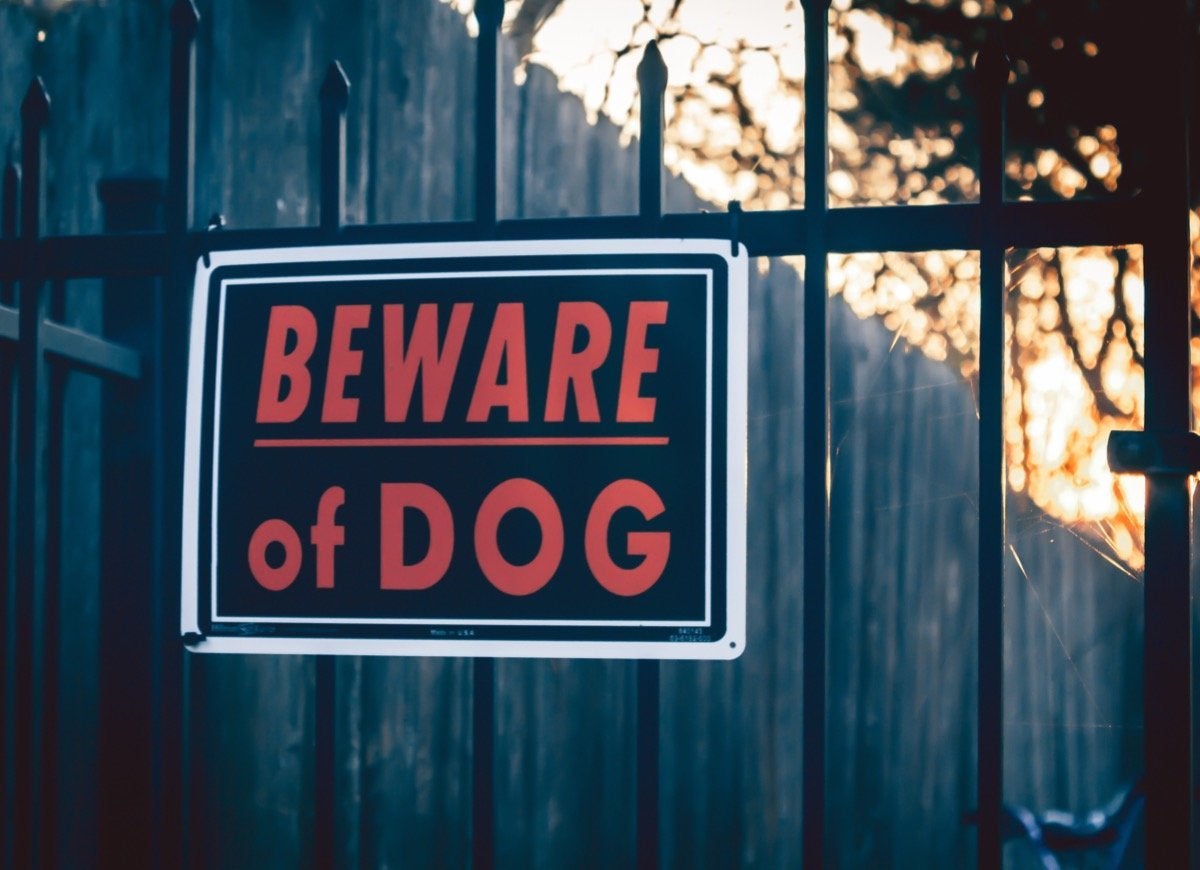
It may be a cliché, but the mailman-hating dog is a real problem. In fact, close to 6,000 mail carriers are bitten or attacked by dogs each year, inspiring the post office to sponsor an annual National Dog Bite Awareness Week in June. To stave off potential problems, the USPS advises homeowners to secure their pets before opening the door to accept a package, refrain from taking mail directly from the mail carrier’s hands in the presence of your dog (some canines can perceive this as a threatening gesture), and remember that mail carriers who feel threatened by an unsecured dog can refuse to deliver mail directly to your home.
You Can See Your Mail Before It’s Delivered

If you’re impatiently awaiting the delivery of an important letter or package, or if you simply like to know what to expect when you open your mailbox, you’ll love the USPS’s Informed Delivery service. You can sign up for this service for free on the USPS website to preview images of the letter-size mail out for delivery that day as well as track packages remotely from your phone, computer, or tablet.
Related: Hello, Homeowners: The 8 Most Useful Apps for Your Phone
The Post Office Helps Stamp Out Hunger
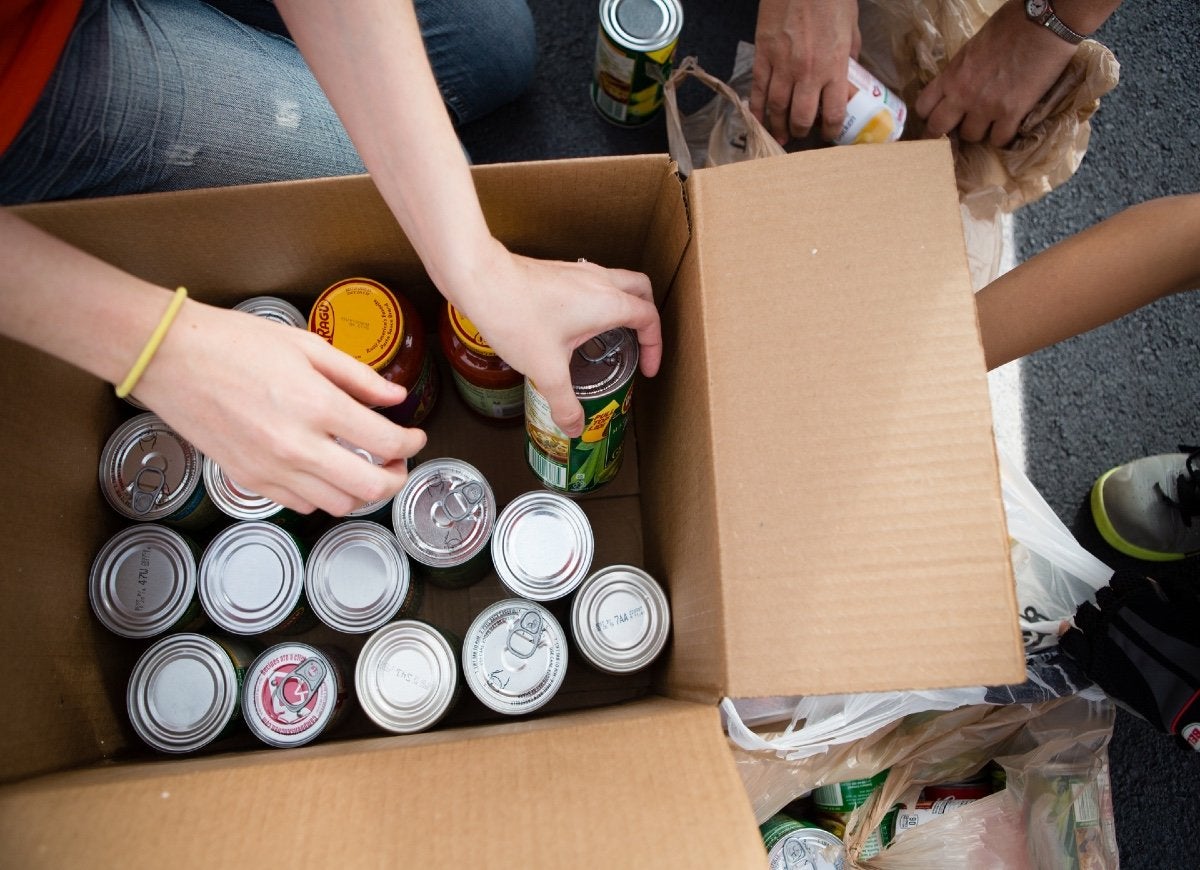
Each year on the second Saturday in May—although the 2020 drive will be rescheduled for later in the year—the National Association of Letter Carriers, which is the union to which post office mail carriers belong, holds the largest single-day food drive in the nation. More than 10,000 cities across the country participate in the “Stamp Out Hunger Food Drive,” which benefits local food banks, shelters, and pantries. It’s easy to contribute: On the designated day, simply leave a bag containing nonperishable food items, including canned foods, peanut butter, rice, pasta, or boxed foods, next to your mailbox. Your local letter carrier will take care of the rest.
Letter Carriers Can’t Accept Mail Without Postage
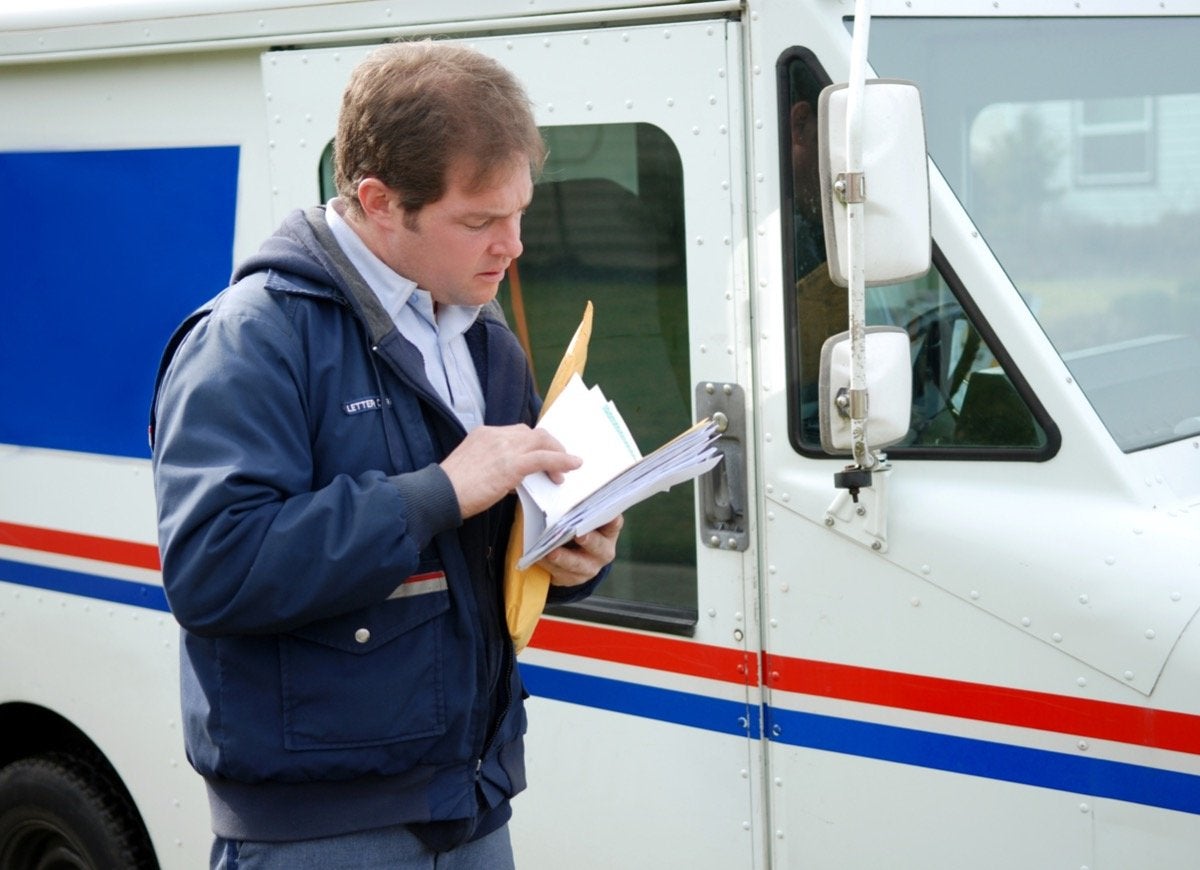
Your letter carrier will collect your outgoing mail, whether package or envelope, only if it already has the correct postage in place. Your carrier cannot take mail without postage, tell you how much shipping a package will cost (unless it’s in a flat-rate delivery box), or accept money to pay for postage. But if you prefer to do your mailing from home, never fear. You’ll need a membership, but website Stamps.com works with the USPS, letting you print prepaid postage labels for letters or packages at home. If, however, your shipment is Priority Mail or Priority Mail Express, you can print labels and arrange for pickup on the USPS Click-N-Ship site, no membership required.
What to Do When Mail Goes Missing

Although the vast majority of mailed letters and packages arrive at their destination without a hitch, occasionally something goes wrong. If you fear a piece of mail has been lost, and it’s been at least seven days since it was mailed, you can request that the USPS carry out a search for the missing missive. To do so, visit MissingMail.USPS.com. You’ll need to know the address of both the mailer and the recipient, the date the item was mailed, tracking number (if applicable), and a description of both the item’s packaging and contents. Once your query has been submitted, you can track the progress of the search through the MissingMail website.
How to Pack It the Right Way

Whether you’re sending birthday gifts to family, mailing a care package to a college student or a loved one in the military, or shipping off something you sold online, packing the item correctly will help ensure it arrives without damage. Start with a sturdy box: Your package is going to pass through a lot of hands on its journey. The box should be large enough to fit your item completely, but not so large that the item can slide around inside the closed box. A layer of bubble wrap, packing peanuts, tissue paper, or crumpled newspaper is the best way to add extra protection, especially if you are shipping something delicate. Seal the box with packing tape—not cellophane tape—and display both the recipient’s address and your own return address prominently on the largest side of the package. Don’t use gift wrap on your shipping box; it won’t survive the trip. It’s fine, though, to mail a gift-wrapped box packed inside a plain shipping box.
There Are Some Things You Can’t Mail
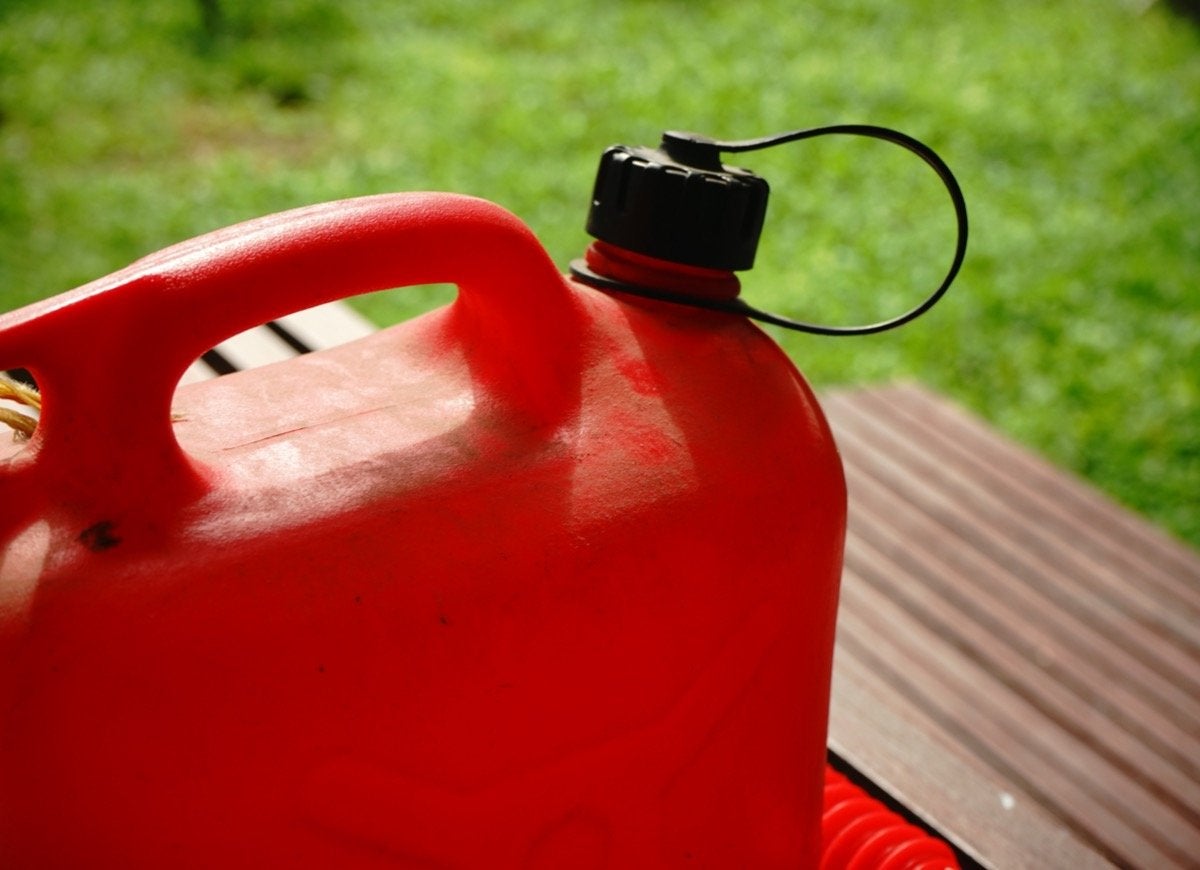
Believe it or not, when the post office first began handling packages back in 1913, several frugal parents took advantage of the low cost and lax regulations to mail their children to relatives, rather than pay for more costly methods of transportation. Between 1913 and 1915, when the practice was outlawed, several children, including an infant, were delivered by the post office, apparently no worse for the journey. Today, along with children, there are several items you are not allowed to mail, including anything explosive, ammunition, air bags, gasoline, and marijuana, even if you are mailing from or to a state where marijuana is legal. Nor are you allowed to mail alcohol without a special permit. Other items that require special permits, methods, or disclosures include cigarettes, cremated remains, hand sanitizer, prescription medications, perishable food, nail polish, and glue. And while you can’t mail dogs, cats, or other mammals, you can mail live nonvenomous reptiles, frogs, birds, and—believe it or not—bees, although there are extra handling fees and packaging requirements for these shipments.
The Postmaster General Makes More Than the Vice President

Wikimedia Commons via U.S. Customs and Border Protection
While the current postmaster general, Megan Brennan, is the 74th person to hold the position, she’s the first woman. Brennan started her career in the Postal Service as a letter carrier back in 1986, working her way up through the ranks over the decades until finally assuming the top position in 2015. While the position pays a fraction of what a similar job would pay in the private sector, it’s still pretty impressive: Brennan’s 2019 pay was around $288,000, which is higher than Vice President Mike Pence’s $230,700 salary.
There’s a Facility for Unreadable Mail
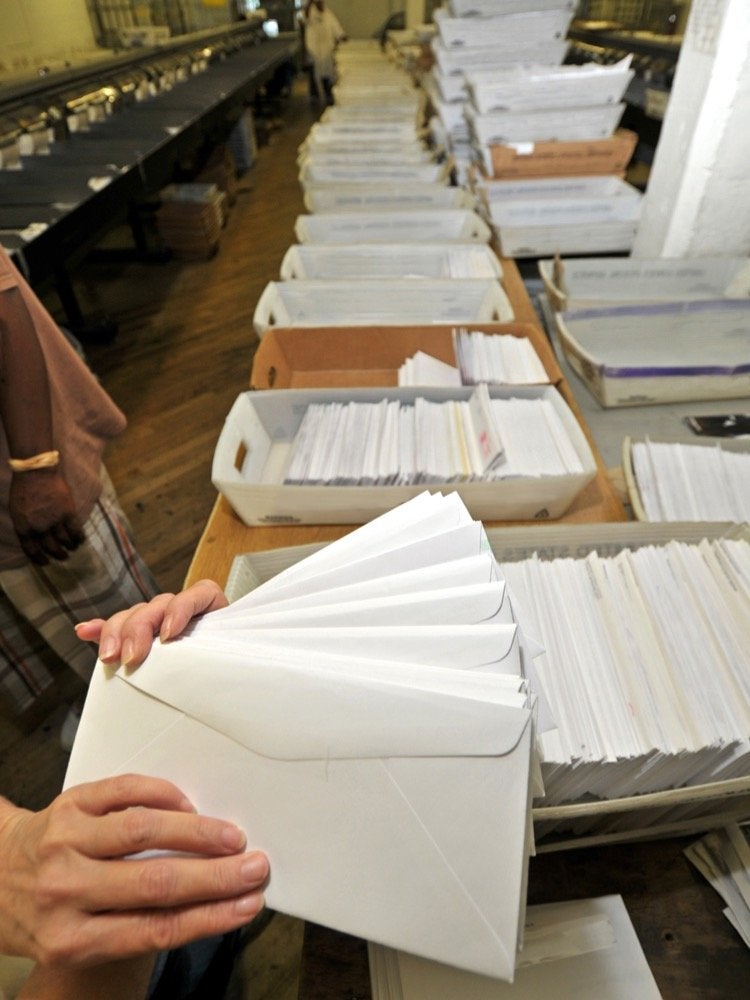
Does your handwriting look like chicken scratch? Don’t worry: While the destination address of most mail is read by machines, when all else fails, letters and packages with truly illegible or incomplete addresses are sent to the U.S. Postal Service Remote Encoding Center in Salt Lake City. Here, a team of 1,000 postal employees decipher the most difficult-to-read scrawl, processing an average of 5 million pieces per day. While bad handwriting is the most common reason mail ends up here, the facility also deals with incomplete mailing addresses, including thousands of letters addressed simply to “Santa” every December. Those letters are forwarded to the post office in North Pole, Alaska, postmarked, and then returned to sender when possible.
Your Local Post Office Does a Lot More Than Handle Mail
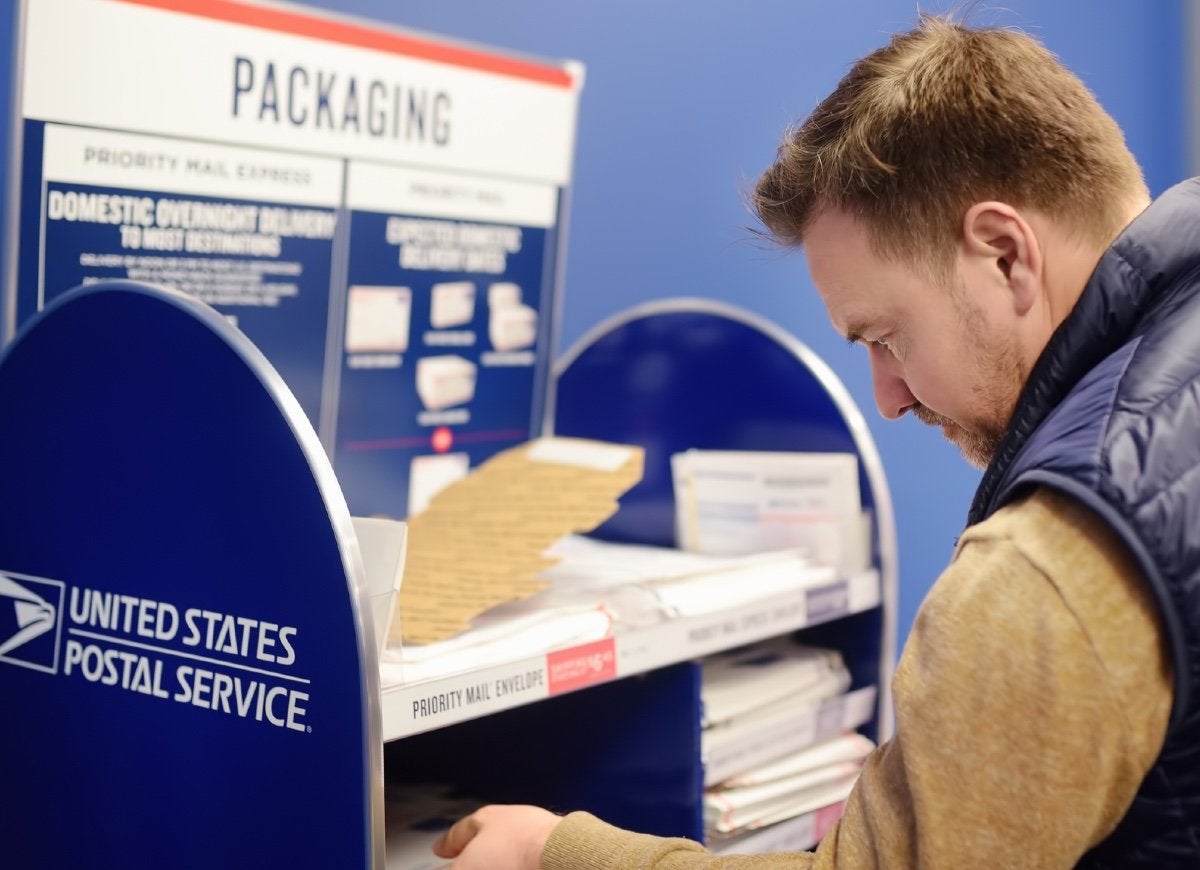
While obviously the main function of your local post office is to receive, process, and deliver letters and packages to homes and businesses within its service area, that’s not where the agency’s responsibilities end. At many post offices, you can apply for a U.S. passport—some even take the required photo. You can buy mailing supplies, greeting cards, boxes, and stamp-collecting supplies as well. Some locations even help local small businesses design advertising flyers and acquire a mailing list of potential customers, and then deliver the flyers along with regular mail.
